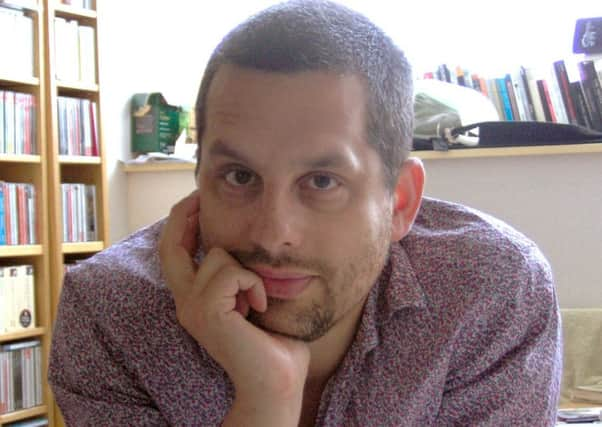Book review: Nietzsche And The Burbs, by Lars Iyer


The novel begins with a quartet of self-conscious misfits, Chandra, Paula, Merv and Art (yes, the name has significance) who define themselves by not being in with the brutes, the trendies or the drudges. They have a band, but cannot decide on its genre, despite having a vision. This seems an apt metaphor for the novel itself. Into the group arrives a new pupil, whom they nickname Nietzsche. The first few pages are full of nicknames, which are both derogatory and slightly envious. Nietzsche has been transferred from the posh private school into the local state school, with a shadow of glamour and despair around why. He also advocates nihilism. The school is in Wokingham, and it seems that he is going to awaken the place.
Iyer has previously written a trilogy of books about a philosophy lecturer (Spurious, Dogma and Exodus) and Wittgenstein Jr – a good book, but not a patch on Thomas Bernhard’s Wittgenstein’s Nephew. This may seem like a continuation of a particular style, but its virtues lie elsewhere. There are plenty of knowing references for those that know: Nietzsche gets a girlfriend called Lou (a nod at Lou Salomé, with whom the real Nietzsche was infatuated), he has a domineering and self-serving older sister (again, a reference to Elizabeth Nietzsche, who co-opted her brother’s legacy to Nazism), and, of course, there is an inevitable breakdown brooding just over the horizon. The idea of the foursome having a band already is a way to look at Nietzsche’s own obsession with music – his own is passable, but his love-hate affair with Wagner more interesting. Since they are all sixth-formers there is a lot about ecstatic, drunken Dionysius and much less about the severe Apollonian. Readers who know the work of the real Nietzsche will no doubt have a snicker when phrases like “human, all too human” or “eternal recurrence” or “Übermensch” or “God is dead” appear. They aren’t the only literary allusions: Beckett, Cioran and Dostoyevsky all get name-checked, and perhaps the best joke is when a character asks if there is “An Idiot’s Guide to The Idiot”.
Advertisement
Hide AdIn a way, these philosophical curlicues are not as interesting as the book’s virtues. It is very good on the elation and lassitude of being a teenager, especially in the intense friendships which one knows are brittle and not going to last. It is touching in its depiction of the hierarchies, bullying and moral apathy of the young. It can be properly comical when the now-quintet of sixth-formers make snarky remarks to their teachers or pose them difficult questions. Parts of these sections are almost like a grunge version of Lucky Jim, although I suspect Iyer would rather be compared to Martin Amis than Kingsley Amis.
Where the novel truly shines is in its analysis of suburbia, the other half of the title. It is not merely a re-run of the notorious lines by John Betjeman (“Come, merry bombs and fall on Slough / It isn’t fit for humans now”), nor is it an elegiac psychogeography in the vein of Iain Sinclair or Will Self. It is keenly observed, describing the mediocre modernity of new build estates. At the same time there is a form of tenderness in suburbia. “Nietzsche” says that “Everyone used to believe in betterment” and that “there’s only the sheer positivity of the suburbs in their infinite sprawl”. It is worth noting that one subplot involves cancer, and like cancer, the suburbs grow and are immortal. The teenagers rage at the homogeneity of the suburbs, and yet the novel suggests a world without difference, of equality, might also be found in the burbs. They yearn for some kind of apocalypse.
Stylistically, the novel takes its key from Nietzsche himself, in that I can’t recollect reading a book with as many “!”s and “?”s. It also has a hallucinatory repetition. I can see the point, but it can be wearisome. Iyer’s previous works have been lithe, and although there is a meaning behind the recurrences and repeats here, it is a meaning that in some ways battles against the reader.
Yet there is a human heart here, with some beautifully done cadenzas on love, on loneliness, on the self-absorbing and endlessly cycling ennui of being on the cusp of school and whatever-comes-next. By the way: the protagonists cycle the whole time (another pun), but the real Nietzsche thought he could only think when walking. Stuart Kelly
Nietzsche And The Burbs, by Lars Iyer, Melville House, £10.99